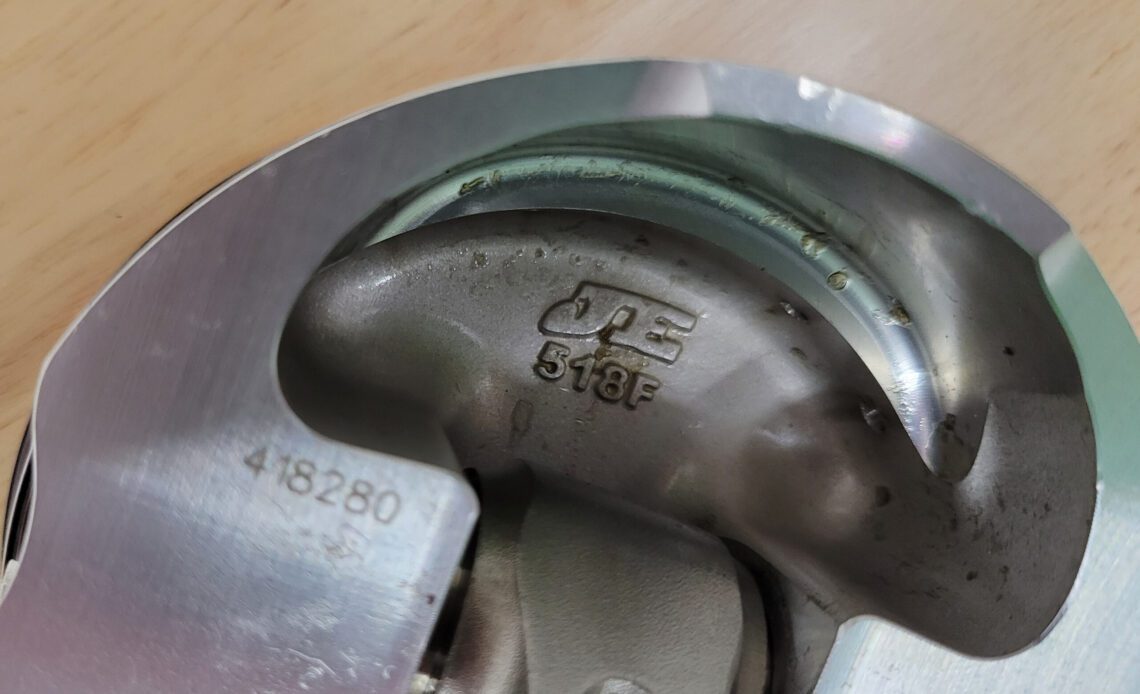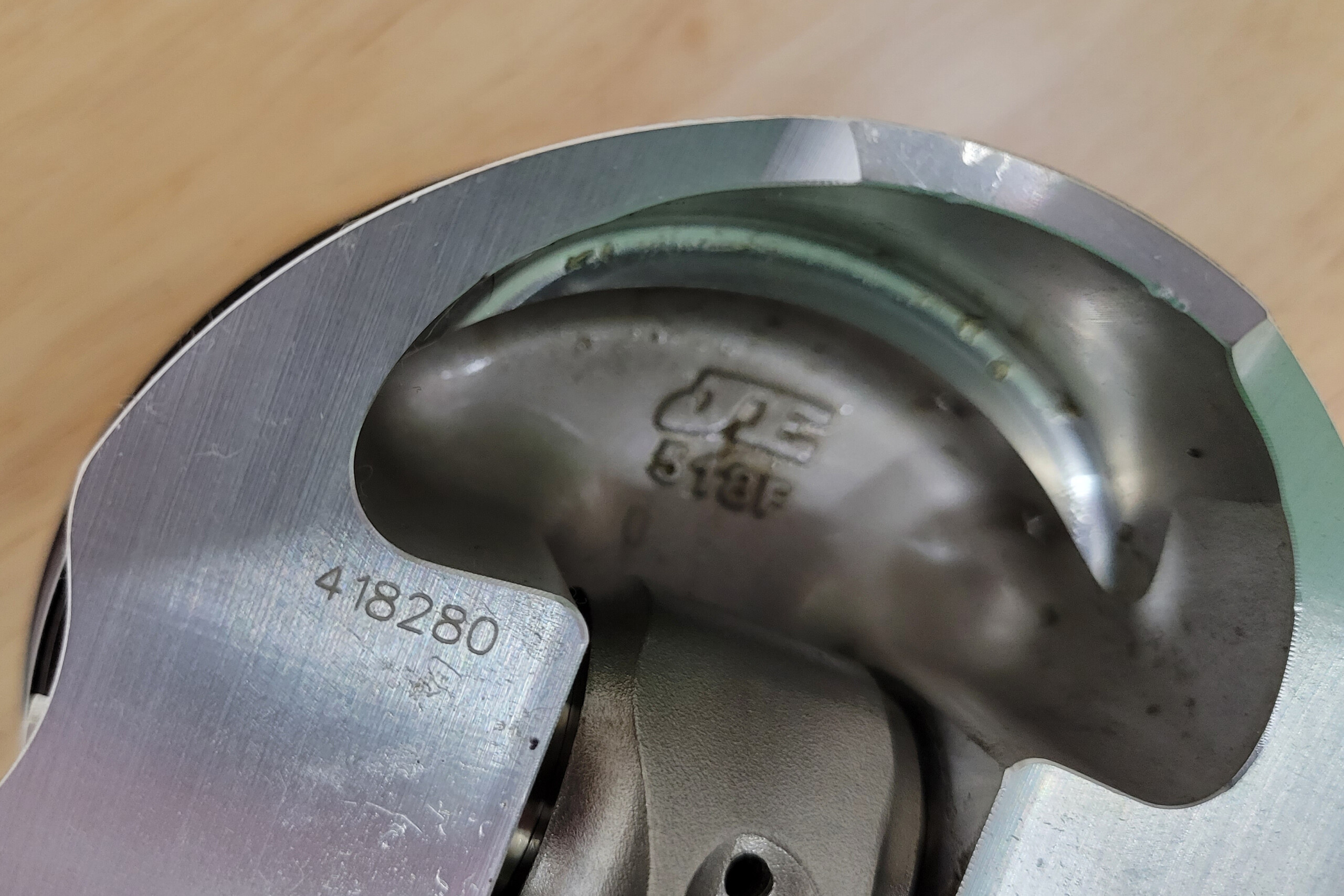When it comes to this hobby, not everyone has a spare pile of cash for parts. That often leads to scouring the internet, swap meets, and junkyards for second-hand deals on usable parts, like pistons and rods. There’s no shame in deal-hunting; it’s an interesting hobby where enthusiasts have to be both good investigators and negotiators. There are deals to be found, but even the best of deals is a bad deal, if they are the wrong parts.
So, we’re not going to even try and give you negotiation lessons, as in the last few deals we’ve made, we paid full ask because we needed the parts and didn’t want to risk losing the deal over a little haggling — the antithesis of the deal-hunter’s ethos. But, what we can walk you through, is how to determine what you’re looking at to help you get the right parts.
Generally, when measuring engine components, you would use the proper micrometers and measure to the .0001 inch. However, you can identify components with a simple .001 caliper, as we’ll show here. Plus, it’s a lot easier to carry a caliper with you, than a 0- to 6-inch mic set. To demonstrate, we’re going to go through and measure these “unknown” components from JE Pistons and SCAT Enterprises that came out of one of our other editor’s semi-mystery engines that he recently pulled apart.
If you can identify a part number and a serial number, you might be able to get specs that way. JE has the ability to look up this combination and gave us some good information about the parts. However, we still measured everything because a lot can happen between it leaving the factory and when you run across it.
Identifying Pistons
To some, the idea of buying a used piston is akin to buying used underpants, but there are a lot of pistons on the market that have plenty of life left in them. The key is to make sure you know what you are looking at and for. The primary measurement for all pistons is the bore size they work with, or their diameter. This can be a little bit tricky and a little bit confusing if you aren’t familiar with measuring pistons.
You see, most pistons aren’t perfectly round, and the crown, which is the spot most would think to measure, isn’t where you measure a piston’s diameter. Each manufacturer will specify an exact location of the datum point, but in general, it’s 90 degrees opposite of the wrist pin, about half an inch up from the bottom of the skirt. If in doubt, you can measure various points above and below…
Click Here to Read the Full Original Article at DragzineDragzine…


